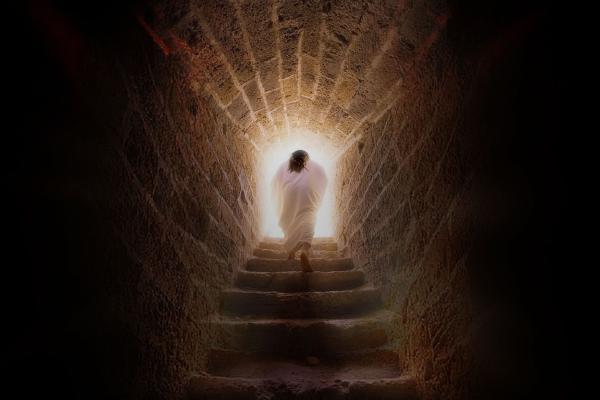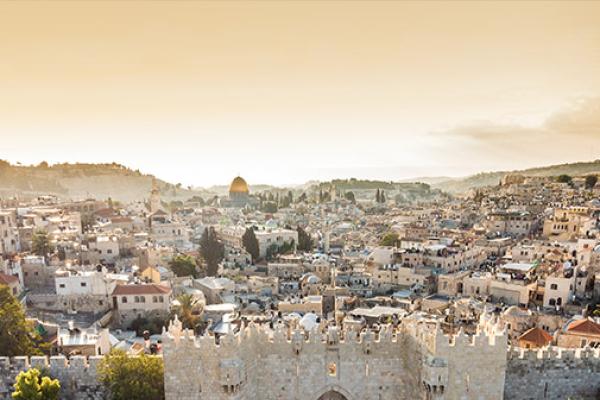This year, the month of May holds three important Israeli civil holidays:
May 4 - 5: Yom HaZikaron – Israel’s Memorial Day
May 5 -6: Yom HaAtzmaut – Israel’s Independence Day
May 28 - 29: Yom Yerushalayim – Jerusalem Day
Yom HaZikaron – Israel’s Memorial Day
Israel declared her independence on May 14, 1948. Immediately, surrounding Arab nations and Palestinians waged war, confident they would defeat the newly reborn State of Israel. So, before Israel celebrates her independence, she honors those who lost their lives fighting to defend and preserve Israel’s freedom.
Yom HaZikaron is a solemn day of remembrance that begins with a one-minute siren at 8:00 p.m. on the Hebrew date of Iyar 4. A national ceremony follows at the Western Wall in Jerusalem. At 11:00 a.m. the next morning (remember that a Jewish day begins and ends at sunset, so for Israel, it’s still Iyar 4), a second siren sounds for two minutes. It’s a signal to stand in silence, remembering those who paid for freedom with their lives.
Television and radio stations broadcast programming honoring the fallen. Some include a scrolling list of names, highlighting the fact that each one represents a valuable life with their own story.
At 1:00 p.m., a national service honors the victims of terrorist attacks. In the evening, a torch-lighting ceremony closes the day. Flags that have flown at half-mast all day are raised, and the celebration of Israel’s Independence Day begins.
Yom HaAtzmaut – Israel’s Independence Day
Fireworks light up the night sky on Yom HaAtzmaut, and the nationally prestigious Israel Prize is bestowed on selected individuals with outstanding accomplishments in various fields. The lifetime achievement award goes to someone who has made an exceptional contribution to the nation.
In addition to official ceremonies and religious services, Yom HaAtzmaut is a day filled with fun and recreation. All over Israel, people attend concerts, festivals, picnics, and barbeques, go hiking, to the beach and enjoy themselves in celebration of the country’s independence.
Yom Yerushalayim – Jerusalem Day
Jerusalem Day marks the anniversary of a united Jerusalem coming back into Israeli hands at the end of the Six-Day War in June 1967. Until then, Jerusalem was divided between Israel and Jordan.
Tensions had been high in the region since Israel became a nation-state in 1948. In the first four months of 1967, Israeli farmers in northeastern Israel endured 63 attacks from Syrians on the Golan Heights above them. Then, Russia spread lies to Egypt that Israel was preparing to attack and wipe out Damascus, the Syrian capital. Egypt, being Syria’s ally, amassed troops at Israel’s borders. Other Arab nations staged hundreds of thousands of soldiers at Israel’s borders.
Despite messages of peace from Israel, the surrounding Arab nations would not stand down. Instead, they fanned the flames of impending war. Israel feared the loss of thousands of Israeli lives and determined their only recourse was to pre-emptively strike a disabling blow to the Egyptian Air Force. War was official.
Israel pled with Jordan to stay out of it, but Jordan attacked, hoping to gain complete control of Jerusalem. After six days of fierce fighting, Israel gained control over all of Jerusalem as well as the critical Golan Heights. After more than 2,000 years, Israel’s capital was once again intact and in her hands.
Today, Jerusalem Day is marked by civil ceremonies, prayers, concerts and other festivities.
As we consider Scripture’s command to pray for the peace of Jerusalem (Psalm 122:6), this month provides a fitting opportunity to engage with the Lord over the safety of His people, the State of Israel, and the salvation of Jewish people everywhere.












